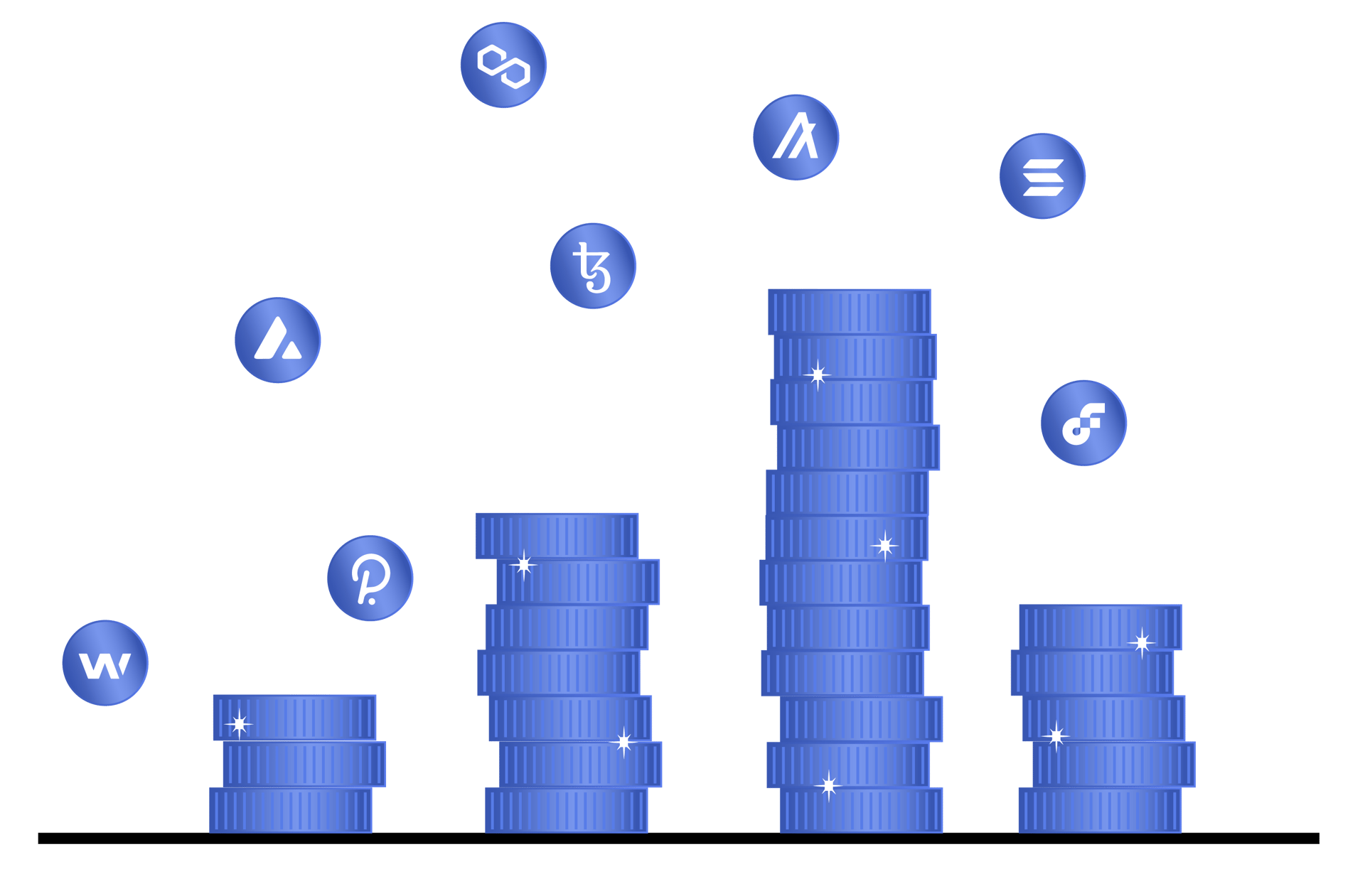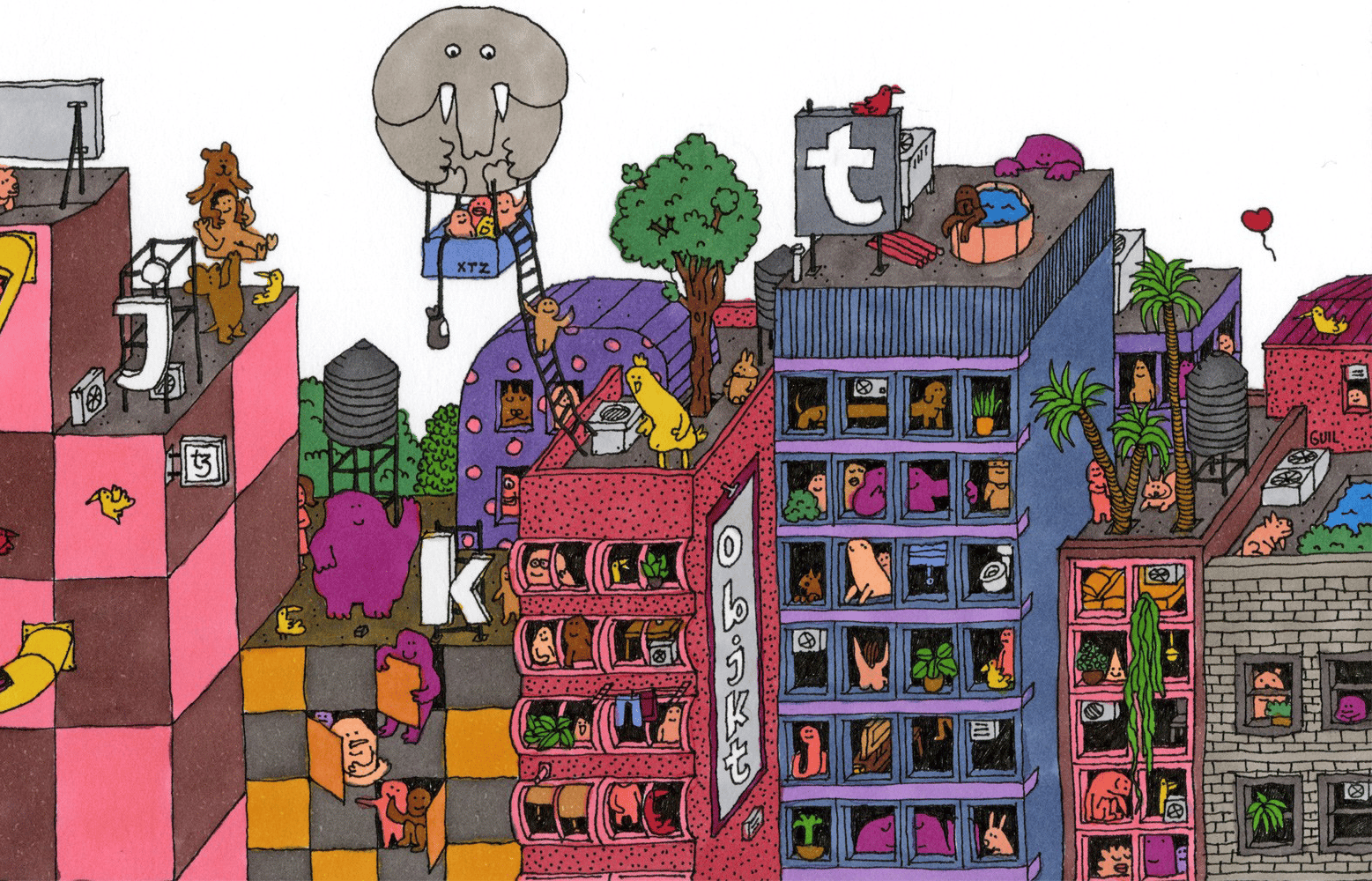There is no a simple answer so let's try to make it
clearer
Are NFTs bad for the environment?
Is not the NFT itself, it's the BLOCKCHAIN the NFT lives on that matters.
NFT artists and blockchain industry leaders are pushing for more sustainability.
Alternative methods that have been suggested are “off-chain” transactions using an additional transaction layer, renewable energy, or less-energy intensive blockchains.
Using these alternatives, NFTs can significantly reduce environmental impact.
There are two major consensus mechanisms used by most cryptocurrencies today.
Proof of Work is the older of the two, used by Bitcoin, Ethereum 1.0, and many others.
The newer is called Proof of Stake, and it powers Ethereum 2.0, Polygon, Cardano, Tezos and other (generally newer) cryptocurrencies.
Decentralized cryptocurrency networks record information in a way that makes it difficult or impossible to change, hack or cheat the system. To accomplish this, networks use something called a consensus mechanism, a digital ledger of transactions that is duplicated and distributed across the entire network of computer systems of the blockchain.
Blockchain consensus mechanism is the biggest contributor to the energy consumption. NFTs can have a significant negative environmental impact when minted using more energy-intensive consensus mechanisms.
Former CEO, Twitter
Founder & CEO, Square

Jack Dorsey
Are NFT bad for the environment?
A POW is a form of consensus algorithm used to archieve agreement across a distributed network. In a Proof of Work, miners compete to complete transactions on the network, by commuting hard mathematical problems and as a result they get rewarded in coins.
POW has some powerful advantages, most of all it's a proven, robust way of maintaining a secure decentralized blockchain.
On the flip side, it’s an energy-intensive process : it is based on a competition to see who can litterally consume the most energy. Crazy right?
Some NFTs are minted using a POW consensus mechanism.
Proof of Work (POW)

Energy Consumption Level
LOW HIGH
Proof of Stake blockchains employ a network of “validators” who contribute — or “stake” — their own crypto in exchange for a chance of getting to validate new transaction, update the blockchain, and earn a reward. The network selects a winner based on the amount of crypto each validator has in the pool and the length of time they’ve had it there — literally rewarding the most invested participants.
Once the winner has validated the latest block of transactions, other validators can attest that the block is accurate. When a threshold number of attestations have been made, the network updates the blockchain.
All participating validators receive a reward in the native cryptocurrency, which is generally distributed by the network in proportion to each validator’s stake.
Many newer blockchains
- including Tezos -
use POS.
Proof of Stake (POS)

CO2 emissions
Comparison POW - POS
Electricity Consumption
SOURCE: Crypto Carbon Ratings Institute 2022
Energy efficiency and carbon emissions of PoS Networks.
Industry Report.
Carbon Footprint
NFT marketplace
IT CONTINUES >>>
New NFT marketplaces such as Objkt, are built on sustainable blockchain networks, such as Tezos

In addition popular NFT marketplaces like Rarible are already integrating Solana and Tezos.
Conclusions
In conclusion
are NFT bad for the environment?
To be an environmentally-conscious NFT collectors, it makes sense to understand the differences between the blockchains so you can look for more sustainable networks.
By using NFT marketplaces that support those networks, you can be part in pushing for a change.

